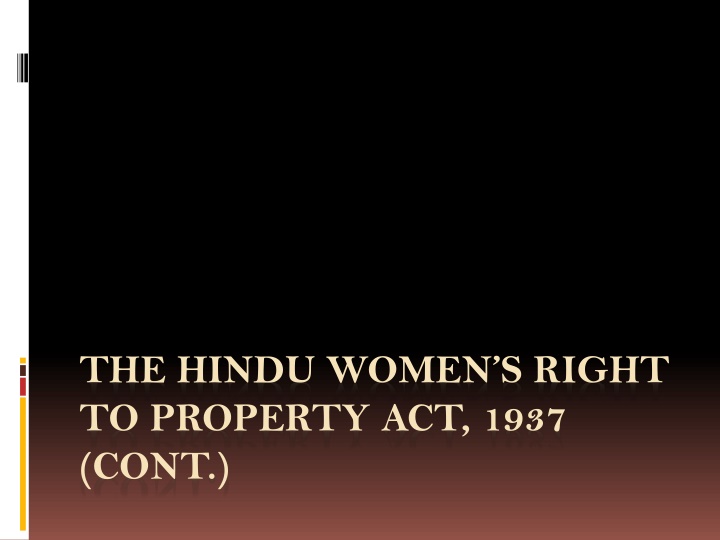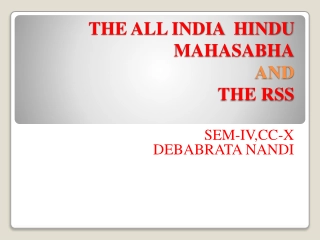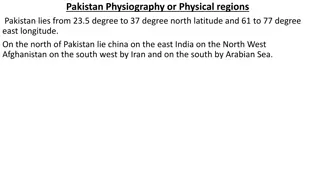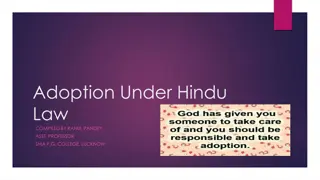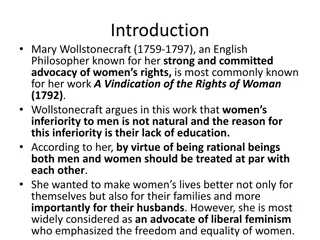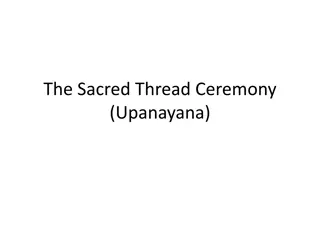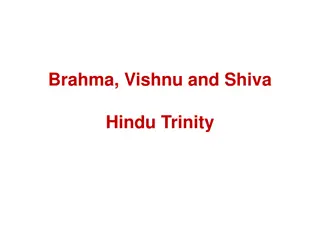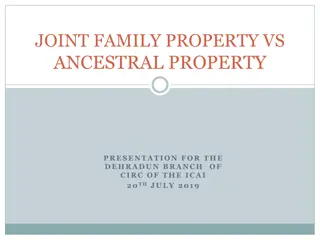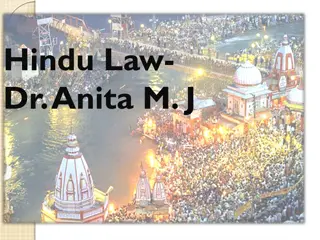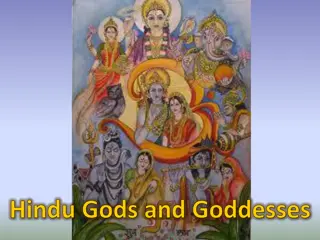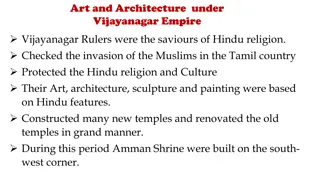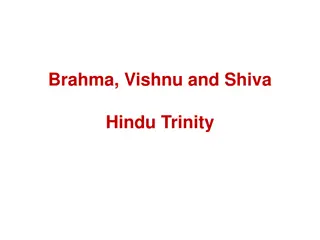THE HINDU WOMEN’S RIGHT
This article discusses the scope and provisions of The Hindu Women's Right to Property Act, 1937. It explains the applicability of the act, provisions related to inheritance, and historical perspectives on women's property rights in Hindu law.
Download Presentation

Please find below an Image/Link to download the presentation.
The content on the website is provided AS IS for your information and personal use only. It may not be sold, licensed, or shared on other websites without obtaining consent from the author.If you encounter any issues during the download, it is possible that the publisher has removed the file from their server.
You are allowed to download the files provided on this website for personal or commercial use, subject to the condition that they are used lawfully. All files are the property of their respective owners.
The content on the website is provided AS IS for your information and personal use only. It may not be sold, licensed, or shared on other websites without obtaining consent from the author.
E N D
Presentation Transcript
THE HINDU WOMENS RIGHT TO PROPERTY ACT, 1937 (CONT.)
Scope of the Act The act came into operation from 14th of April 1937. It is specifically enacted that its provisions will be applicable to the property of any Hindu dying intestate before the state. The act will not apply to: I. properties situated in foreign countries or II. to agricultural lands in governor s provinces or III. to properties which did not belong to the deceased in his own right.
The act applies only when a Hindu dies intestate either partially or wholly. It does not apply where he has disposed off all his property. The Act enacted with the purpose of improving the status and condition of coparcener in the family. To make her secure in her husband or father in law or grandfather in law property as coparcener out of which she was given a share to enable her to maintain herself without being at the mercy of the surviving coparceners. a widow of a
PROVISIONS OF THE ACT The separate property of a Hindu is concerned may be summarized as follows. His sons, his widow, the widows of predeceased sons, his son s sons and son s son s sons and the widows of predeceased sons of predeceased sons, succeed together to that property. But in case the parties are governed by the Dayabhaga School in the presence of the son his own son cannot claim any interest in the property inherited his
One of the objectionable feature of the Act was that it perpetuated between male and female heirs and gave only a limited estate to the widow. As per the antagonists (group of people who actively opposes or is hostile to someone or something ) of the limited estate were of the view that there was no legal basis for the continuance of a giving less estate in the face of the change social structure. the distinction
When women, in ancient times and under Vedic Law, were capable or owing and holding Stridhan properties with absolute power. They were entitled to dispose that Stridhan at their own sweet will. Now the issue arises that why was only limited estate allowed to them in 1937, when our women had already reached the near standard of equality in educational, professional cultural, political and other spheres of life.
In the light of above provision it can be construe that it was in fact discriminatory, hostile and absolutely indefensible to stick to the theory of limited estate for women in the property inherited by them. However, the protagonists of the limited estate for women were of the opinion that such conferment of the limited rights was not on the bias of sex alone. It was designed to be protective measure for the Hindu Women of this country, who might otherwise allow the estate to be dissipated and spent away during their lifetime by men on whom they had to depend.
The act introduced changes in the law of succession. It was not retrospective in its operation. which means it did not apply to the property of any Hindu who died commencement of this act. But it intended to redress disabilities and to give better rights to women. The Act was enacted to carry out important social reform by recognizing women s claim to fair and equitable treatment in matters of succession. intestate before the
The act conferred new rights on three widows: I. intestate s widow, II. his son s widow and his grandson s widow, III. his son recognized than as heirs along with the son, grandson and great grandson. Interest devolved on her shall be limited. It is known as Hindu women s estate which had been interpreted to mean widow s estate.
Further it provided that she would have the same right of claiming partition as a male owner. Thus the widow s interest arose neither by inheritance nor by survivorship but by statutory provisions. (Note: to be continued)
